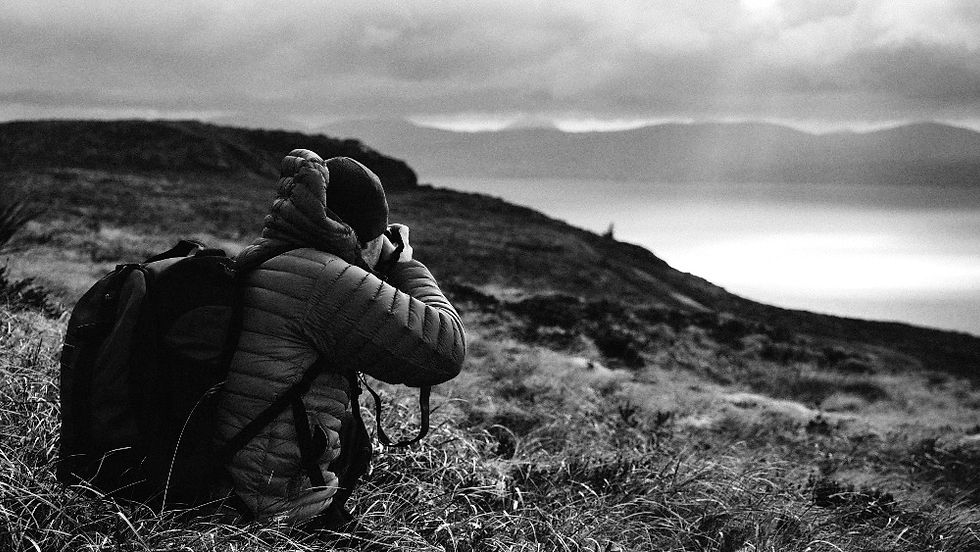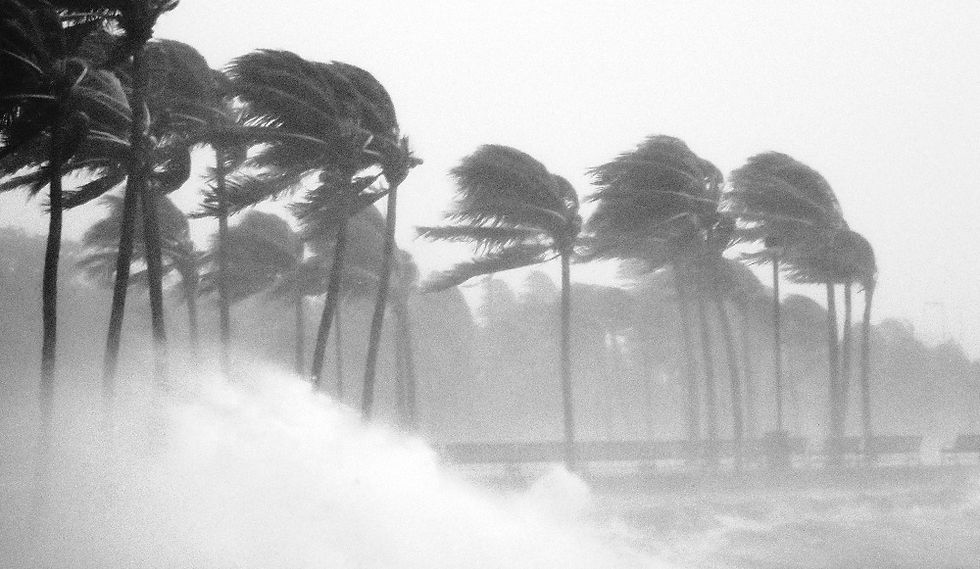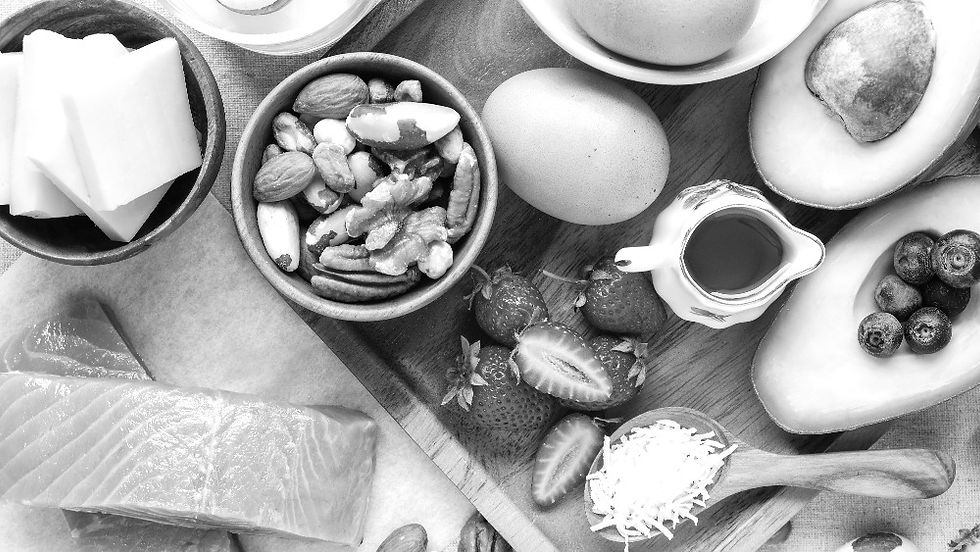Landscape Photography: Why an Excellent Physical Condition is Essential
- Olivier

- Jul 14, 2019
- 7 min read
Updated: Mar 29
This article is a personal reflection on the importance of good physical condition for photographing the landscapes of our beautiful planet. It stems from observations made in the field during the past 20 years I've dedicated to seeking the most beautiful minimalist landscapes. It also reflects a holistic approach to health that I maintain for and through photography.

I have often been asked how I prepare for my journeys, how I manage to face challenging conditions and take risks without suffering the consequences (both for myself and my equipment). The answer, of course, cannot be condensed into a single sentence. Therefore, through these lines, I attempt to explain my philosophy and lifestyle that enable me to address these questions.
Sports and Photography
To begin with, I must emphasize that I have always had an unlimited passion for sports and physical challenges. While photography has been with me throughout my life since the age of 15, the same can be said for physical activity.

It was also during this time that I began practicing martial arts and endurance sports. For 30 years, cycling, running, swimming, hiking, and fitness have been constant companions in my life. This physical activity has always dictated the organization of my days and fulfilled a fundamental need to feel in complete control of my body and mind.
Over the past 15 years (since 2005), daily cardio training, 4 to 5 fitness sessions per week, and a nutrition plan tailored to this lifestyle have become a discipline that I wouldn't deviate from for anything in the world.
Motivation in Effort
Henceforth, my photography is part of a comprehensive approach and has always been accompanied by physical challenges. It is often the quantity and quality of these challenges that I have considered as the measure of success for a photo journey or a hike.
For the personal reasons mentioned above, I believe that a physical investment is necessary for me to deserve to pause for a moment in front of the landscape I want to photograph. It is under these conditions that I feel most capable of extracting meaningful images according to my criteria.
To me, the greater the physical investment, the more valuable the photograph, and the more I exhibit it publicly with a certain pride.

This intense sporting practice has always allowed me to overcome the physical challenges often encountered on my journey. It has indirectly offered me the advantage of being able to focus on my photography without worrying about the rest and perhaps crossing the threshold of giving up, which would be inevitable without preparation.
This circumstance has probably enabled me to push my limits, take more risks, and ultimately access remote locations that hold promise in terms of photographic results.
Challenging Conditions
Numerous physical trials have stood in my path as a photographer.
Among these, I would like to mention memorable examples, such as my stays in the Huangshan Mountains in China or the 1200 km pilgrimage to the 88 temples of Shikoku (called Henro) in Japan.
I will also remember the extreme weather conditions faced in Lapland and during 10 years of winter photography in Hokkaido. Not to mention the unbearable tropical summers in Okinawa.
While these climates are often perceived as pleasant, normal, or bearable under comfortable vacation conditions, it should not be forgotten that landscape photography requires hours of immobility and, by necessity, moving with heavy equipment.
In the morning, a 15 kg backpack feels like 30 kg by evening after hours of hiking.

The Importance of Monitoring
Both my physical activity and my photo journeys are tracked and recorded. For years, smartwatches have allowed me to accurately monitor my movements, heart rate, elevation changes, and compare them day by day while also monitoring the quality of my sleep.
As an early adopter of Fitbit smartwatches, I have extensively tested them in the field during my travels as well as in daily life. They allow me to quantify the effort, determine the necessary recovery, and assess the quality of that recovery to plan my photo days accordingly.
The Cost-Performance ratio of the Journey
I have regularly been surprised by the extreme motivation and unsuspected capabilities we can demonstrate when it comes to photographing the most beautiful regions of the planet. Even when it comes to carrying a backpack filled with heavy equipment! Some of our trips also require a lot of preparation time and financial investments.
This is particularly true for trips to Asia. Once on-site, it is inconceivable to even momentarily consider giving up due to harsh weather, inclement conditions, or extreme temperatures, simply because one wasn't prepared for them.

Adequate and regular physical activity enables us to confront these challenges without major difficulties. It allows us to more easily overcome the trials that weather, high-altitude travel, long distances, or even the absence of food can present.
Once prepared, these efforts no longer pose physical or psychological obstacles to productive work in the field. They become a source of personal satisfaction in self-improvement. They make each step unique, personal, and unforgettable.
Photographing is a positive act
When a photographer temporarily appropriates a landscape by capturing an image, they do it primarily with their senses. The action preceding this appropriation arises from a positive intent. The intent to provide a personal, sensory interpretation stems from their perception of the world and their aesthetic values as they receive them. This is often the main characteristic of long-term photographic work and frequently forms the foundation of their approach.

A lifestyle that combines everyday a healthy diet and a consistent physical activity is essential for maintaining a balance between mental and physical activity. Which is crucial for our creative professions. While these activities are the keys to personal fulfillment in general, they, in my opinion, form the essential foundations for generating the creativity that personalizes our photographic work.
Landscape and nature photography requires a photographer's total emotional investment. This investment should not be hindered by an inability to face physical challenges.
It is well known that intense physical activity induces a hormonal change that directly increases an individual's sense of pleasure and their ability to stay positive during exertion. This applies to both long cardio-training efforts and short, intense fitness efforts. Additionally, the potential for recovery of the muscular and nervous systems after exertion is higher, allowing one to start fresh the next day without lingering effects.
Through adequate and regular physical preparation, the field photographer quickly acquires the necessary physical prerequisites to face challenging weather conditions, climb summits, and cover dozens or even hundreds of kilometers while remaining positive and motivated by the effort. Pursuing one's goals in adversity and with a smile becomes easy and is the key to success.
The Reward at the End of Effort
Extreme measures yield extreme results. The production of exceptional photographs is indeed the primary motivation for every traveling photographer seeking inspiration at the ends of the Earth. However, in practical terms, it can quickly lead to failure if the artist cannot confront the extreme shooting conditions that make landscapes exceptional.

Traveling abroad is a dream for many of us, and each trip requires weeks of preparation. The budget allocated for it is often as important as the logistical preparation.
Therefore, getting ill, giving up the opportunity to explore further, refusing one last effort at the end of the day, or being injured are things we cannot afford during our journeys. This is especially true when traveling to countries where medical assistance conditions are precarious or nonexistent.
The Final Word
A good physical preparation is a major asset in the success of any photo journey, yet many often neglect it, focusing almost exclusively on production. However, excellent physical condition is often what distinguishes a good photo journey from an exceptional one, rich in emotions and experiences.
Photographing landscapes of rare beauty is not just a matter of equipment. It is a complete act that requires the involvement of one's entire being. It involves constantly questioning our own physical integrity, putting it to the test, taking risks, surpassing ourselves and emerging victorious and stronger each time.
The body and the mind working towards the same goal. Let's consider this – it's never too late to start!












